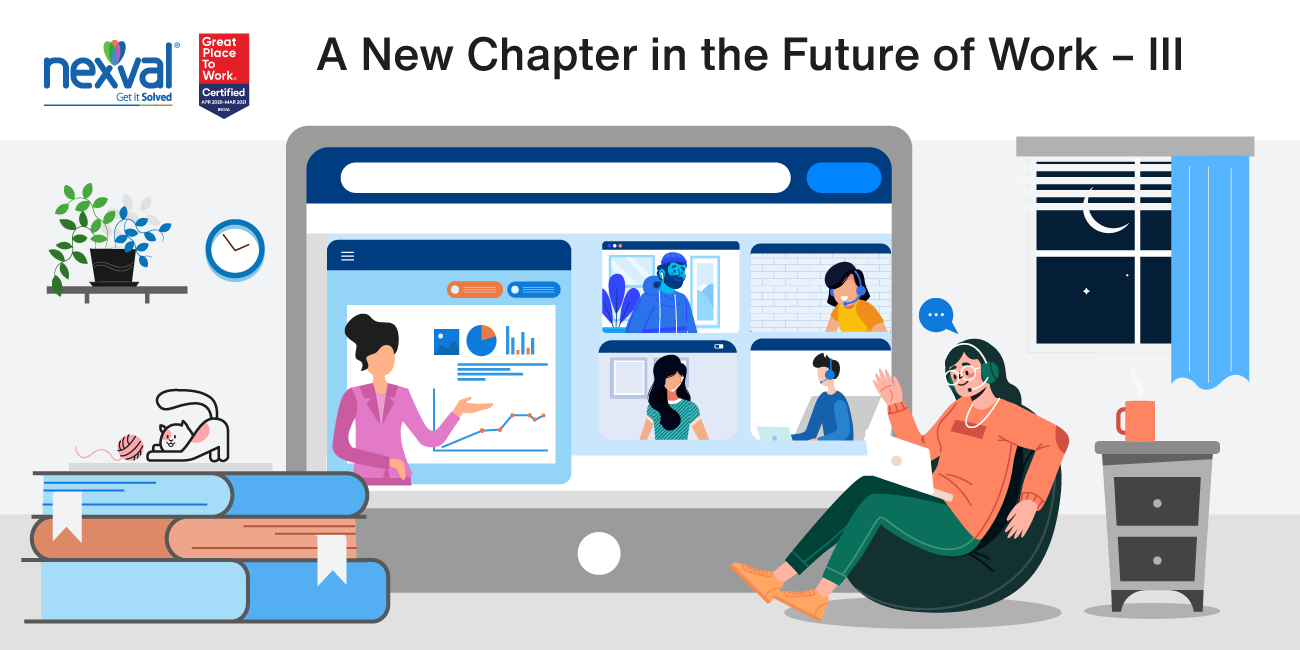In our last two blogs, we have discussed the future of work and how to keep business operational by outsourcing. In this blog, we will discuss the importance of training of the scattered workforce.
Future-proofing your workforce is significant for our line of business and training during the pandemic outbreak is crucial for effective preparedness and response.
Outsourcing and training
Training has always been the most part of any outsourcing project; it is an additional workforce that the company adds to its existing team to handle volume while increasing productivity. Whenever a company outsources their business process, they need to train the trainer about the workflow they follow and want their remote team to follow, so that the entire team can work in a streamlined process.
These training are conducted online through video conference using software like ‘go-to-meeting’ where the client and the trainer exchange notes on executing the workflow for the remote team. Usually, the training takes place in a boardroom which is equipped with projectors, speakers, training tools and most importantly the whiteboard for better engagement.
Once the trainer is trained with SOP’s, the same training is imparted to the resources deployed for that project.
The only difference between a trainer’s training and team training is that a trainer goes through a virtual training whereas he/she trains the team in the boardroom.
These sessions are more interactive as every team member has its own pace of learning and understanding; these interactions help the trainer to address the confusion and assess the readiness of immediate deployment to the operations.
The shift
Any training needs method, tools, techniques, and assessment; here the assessment helps to understand the performance parameters and skillsets. Usually, training and assessments are a continuous process for improving the quality of conduct.
In a workplace conducting such trainings are easy, but in today’s time, most of us are working from home. Training scattered workforce are challenging, but possible with a video conferencing tool and webinars.
Virtual training is as effective as a classroom training, however, for security purpose, a company can use a secured channel to connect their employees to the virtual training session. Here, the trainer can conduct the training session similar to classroom training using video conferencing and webinars for better employee engagement followed by online assessments.
In the corporate world, everything is connected, where training plays a crucial role in employees’ performance, the quality of the performance helps in better productivity which creates an impact on the overall operations.
Train, assess and repeat
Virtual training needs advanced training tools and most importantly the video conferencing as this is the most effective way of communicating to the team especially during work from home situation. Training is not a one-day affair it a continuous process towards building an employee’s skill set. With the help of the assessment tools, tracking the results of the training and implementing new methods for better engagement can help the overall performance of the employee as well as the business model.


